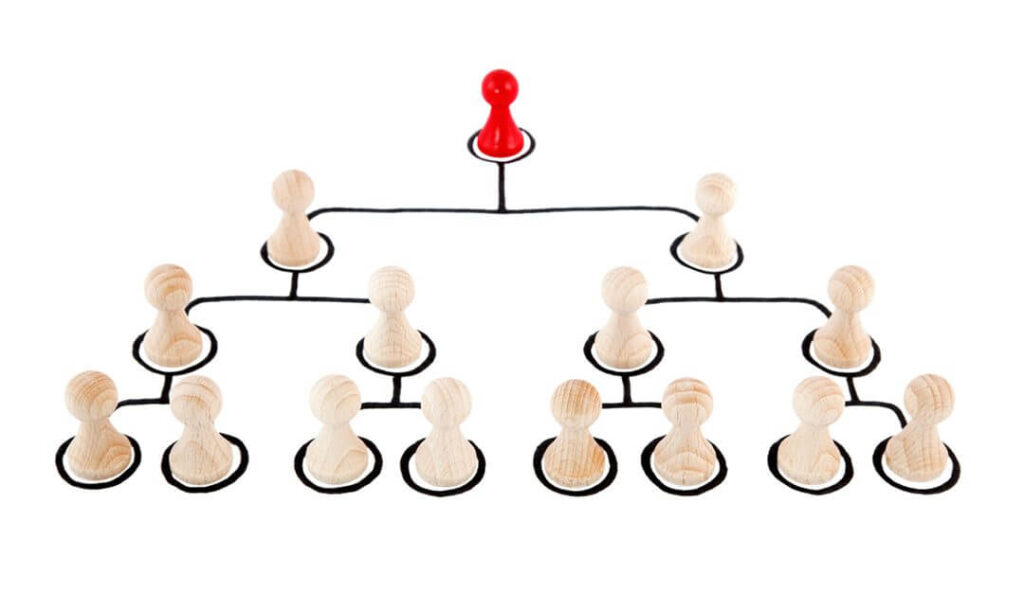Right Plant, Right Location: A Story About Leverage
By Cleve Gaddis Creating leverage in business is a wonderful thing, but it’s often misunderstood. Recently, we were hosting a sales training meeting on a Saturday morning, and because several new people didn’t yet have key fobs, we needed to prop open the front door to the building. There were a couple potted plants in the foyer that we thought would make a good alternative to a door stop, so we grabbed the smaller plant and put it in front of the door to keep it from closing. Not only did it not keep the door open, but the door pushed the plant over and dragged it along the ground until the door closed. Next, we took the larger plant and put it in front of the door (placing it right in the middle), which didn’t work either. The door closed while pushing the potted plant out of the way. Then we tried it a third time. This time we took the second plant, and instead of putting it in the middle of the door, we put it at the end of the door that was farthest away from the door hinges. It held the door open with no problem at all. There was probably only a one-pound difference in the weight of the plants, but the slightly heavier plant—when placed in the correct location—was able to resist the door’s closing force. I thought that was pretty cool. We’re all looking for leverage in our business. We’d like to work a bit less, have more time for our families and other things that are important to us, and still make a good income. But when we try to create leverage, we typically choose the “wrong size plant” and then put it in the “wrong spot.” By wrong size plant, I mean we hire the wrong people, and by putting it in the wrong spot, I mean we don’t onboard and develop them correctly. When new team members are added, we should hire very slowly. We should find the person who is the right fit for the job. We need to find someone with the correct personality and the right kind of motivation, so we use the DISC and Motivators assessments to make better hiring decisions. While you shouldn’t exclusively depend on the DISC for hiring decisions, because it can’t judge someone’s integrity and intelligence, we created a Preferred DISC Styles sheet that outlines the preferred styles for each position. Once we hire a new team member, we should onboard them properly. We need to introduce them to our history and culture and make sure they have the full picture of who we are and why we do what we do. We then need to have an organized process of onboarding for the first 60-90 days so that they can learn everything necessary to be successful in their job. Finally, we need to really teach people what to do. Most agents are so busy that they just throw their new people into the fire and hope for the best. That’s a crappy way to train. In addition to using the Workman Success Systems Admin Mastery Training Program (AMP) to help our administrative staff learn everything they need to know, we also use Buyer Agent Mastery (BAM) to develop our buyer specialists and Seller Listing Agent Mastery (SLAM) for our listing partners. I still have a lot to learn about growing a business through leverage, but if we all start putting the right plant (team member) in the right location (through a good onboarding and training program), we might just create businesses worth owning.  Cleve Gaddis is a Master coach with Workman Success Systems and a team leader with Gaddis Partners, RE/MAX Center in Atlanta. He learned sales the hard way, selling vacuum cleaners door-to-door and now puts those skills to use in helping his team close $60 million annually. He loves to share his systems and strategies to help others succeed. He hosts the Call Cleve Atlanta Real Estate Show, heard weekly on NewsTalk 1160 WCFO. Contact him at [email protected]. For more information, please visit www.WorkmanSuccessSystems.com.
Cleve Gaddis is a Master coach with Workman Success Systems and a team leader with Gaddis Partners, RE/MAX Center in Atlanta. He learned sales the hard way, selling vacuum cleaners door-to-door and now puts those skills to use in helping his team close $60 million annually. He loves to share his systems and strategies to help others succeed. He hosts the Call Cleve Atlanta Real Estate Show, heard weekly on NewsTalk 1160 WCFO. Contact him at [email protected]. For more information, please visit www.WorkmanSuccessSystems.com.
You can find this article and more at: https://rismedia.com/

